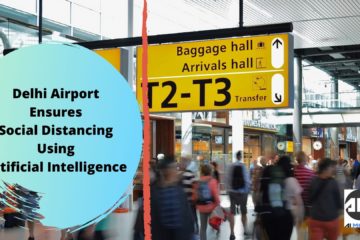Researchers from the California University, Berkeley, and Google Brain, presented an AI technique in a recently published paper. The before mentioned AI technique enables a robot to make decisions like which action to perform while already performing a work. The goal behind this technique is to make the system less prone to failures.
The existing AI algorithms enable robots to “think” in a static environment. But to make AI more accustomed to real-world needs, researchers suggest adding two additional features:
Read More: Could Robots be as Intelligent as Humans?
- Concurrent action environments: It captures the state while the execution of the previous action and after capturing the state.
- Vector-to-go: It is the last action to be executed after measuring the state of the environment.
After conducting experiments on a real-world robot arm, researchers concluded that bit was 49% faster than the baseline blocking model.
“When it is not possible tor the robot to stop the environment before computing the action, the concurrent method may allow robotic control in dynamic environments,” said the co-authors. “In scenarios like these, robots will have no other choice but to think and act simultaneously.”
This research follows a Google-led study wherein an AI system gave robots greater agility by learning from animal movements. The co-authors aim at developing robots to complete real-world tasks, like transporting materials from point A to point B.
#AIMonks #AI #ArtificialIntelligence #ML #MachineLearning #Robot #CaliforninaUniveristy #Google #GoogleBrain #AISystem #AITechnique



0 Comments